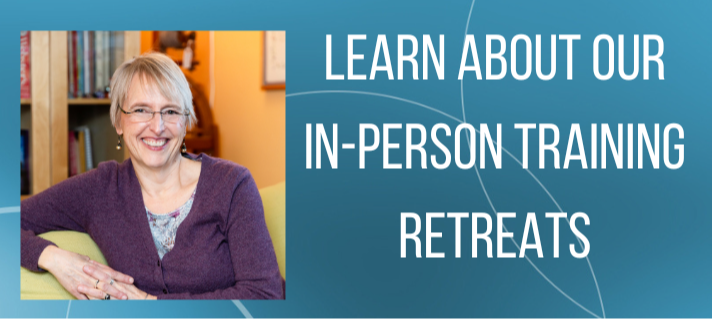Experiencing A Desire Discrepancy? Here Are Some Resources To Help
Jan 14, 2021
If you’re struggling with desire discrepancy in your relationship, I want you to know that you’re not alone. Desire discrepancy is one of the prevalent sources of conflict for partners. In part, that’s just because it’s so common; in fact it is SO common I would call it normal. Everyone is different, and everyone experiences desire slightly differently; in fact, it would be more surprising to me if you and your partner had exactly the same level of desire all the time!
It might help you to know that there’s no such thing as desire that’s “too low” or “too high.” Every level of desire is normal. For more info about that, check out this article; it also has a few questions at the end that you can consider in order to start to understand where your basic assumptions about desire come from, and how to change them, if you choose to.
However, just because desire discrepancy is totally normal and expectable doesn’t mean that there’s nothing you can do to bring yourself and your partner closer together in terms of desire. I’ve worked with many, many partners who are experiencing desire discrepancy, and I’ve helped train other therapists to work more effectively with desire discrepancies in their practices. I’ve seen just how stressful and painful it can be, and I’ve also picked up a lot of useful ideas that may help you and your partner.
One of the most important things I’ve learned over the years is that before you can start making progress with a desire discrepancy, you have to make sure you stop doing anything that might make it worse. For instance, sometimes attempts to connect by the higher-desire partner can manifest as pressure for the lower-desire partner. It may seem counterintuitive, but if you want to reduce the difference in desire between yourself and your partner, the first thing to do may be stepping back a bit. That’s because pressure creates anxiety, and nothing kills arousal faster than anxiety. For more info about this very common dynamic and what to do about it, check out this article.
Another issue that tends to make desire discrepancy so much worse is sex pain. Unfortunately, many of us don’t have access to good sex ed growing up, and because of that, we may not know that sex pain is not just something you have to put up with. If you’re experiencing painful sex, I want you to know: it’s not normal or expectable; it’s a blazing red flag from your body indicating that something is going wrong, and that you should stop doing the painful activity immediately. Continuing to engage in painful sex will certainly make the desire discrepancy worse, perhaps even ultimately leading to a sexual aversion, and potentially causing damage to your body. The good news is that with the help of the right medical practitioner, sex pain is usually fixable. A good first step is contacting a sex therapist, who can help refer you to the right medical provider for your situation. If there are no sex therapists in your area, ask your doctor to make a referral to a pelvic floor physical therapist.
It’s also very common for desire discrepancies to begin after one partner gives birth; in my series on postpartum low desire, I pick apart the physiological and emotional causes of postpartum low desire, and offer suggestions for how to help partners move forward. Read this article to gain an understanding of the physical causes, with tips for how to access medical help; read this article for an in-depth account of the emotional causes; and check out this article for guidance on improving intimacy postpartum.
Once you’ve removed the blocks, you may find that desire starts to bloom. One great next step is to start intentionally cultivating a relationship with your own sense of eroticism. Exploring your own connection with your body and your own sense of fantasy, sensuality, and pleasure in a pressure-free environment can be a great way to build desire for partnered encounters, as well as being a joyful, life-affirming exercise in and of itself. This article offers some suggestions. And if you are feeling charged up and ready to engage with your partner, it may be time to run an experiment with reconnecting sexually. All it takes to run an experiment is willingness–but you have to be truly willing. This article offers some questions you can ask yourself to identify whether or not you are willing.






